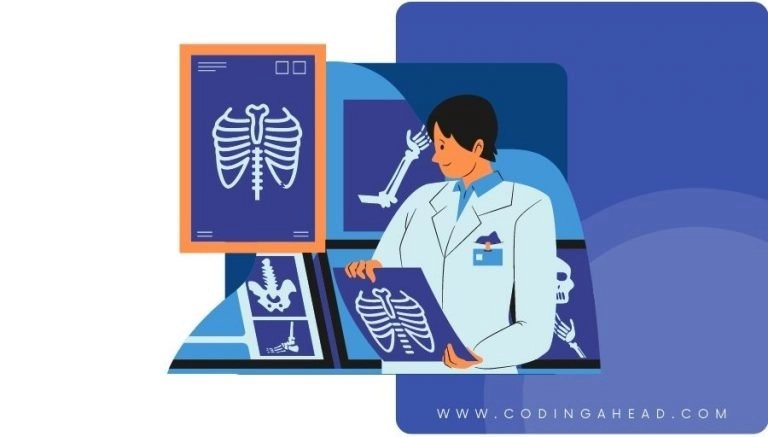How To Use CPT Code 61250
CPT 61250 describes the procedure of drilling burr hole(s) or trephine into the skull supratentorially, without any subsequent surgery. This article will cover the description, official details, procedure, qualifying circumstances, appropriate usage, documentation requirements, billing guidelines, historical information and billing examples.
1. What is CPT Code 61250?
CPT 61250 can be used to describe the procedure in which a healthcare provider drills burr hole(s) or trephine into the skull supratentorially, above the tentorium. This procedure is typically performed when other diagnostic tests fail to determine the cause or extent of a condition. It is important to note that CPT 61250 does not involve any subsequent surgical procedures.
2. Official Description
The official description of CPT code 61250 is: ‘Burr hole(s) or trephine, supratentorial, exploratory, not followed by other surgery.’ It is worth mentioning that for a bilateral procedure, modifier 50 should be appended to the code.
3. Procedure
- The healthcare provider prepares the patient and administers anesthesia.
- An incision is made in the scalp over the area to be explored, and the scalp is moved aside to expose the bone.
- Using a surgical drill, the provider creates one or more burr hole(s) or trephine into the skull, allowing access to the brain.
- The provider examines the supratentorial area for any underlying conditions or abnormalities.
- If the dura is opened during the exploration, the provider sutures it. They may also replace the bone plug if necessary.
- The scalp is reapproximated and sutured, and the wound is dressed.
4. Qualifying circumstances
CPT 61250 is performed when there is a need to explore the supratentorial area of the brain for underlying conditions or disorders. It is typically used when other diagnostic tests have been inconclusive. The procedure involves drilling burr hole(s) or trephine into the skull, and it does not include any subsequent surgical interventions.
5. When to use CPT code 61250
CPT code 61250 should be used when a healthcare provider performs the exploratory procedure of drilling burr hole(s) or trephine into the skull supratentorially, without any subsequent surgery. It is important to note that this code should not be used for procedures involving craniotomy or craniectomy.
6. Documentation requirements
To support a claim for CPT 61250, the healthcare provider must document the following information:
- Reason for the procedure and the need for exploration
- Details of the specific area of the brain explored
- Date of the procedure
- Start and end time of the procedure
- Any findings or abnormalities discovered during the exploration
- Details of any additional procedures performed during the same session
- Signature of the healthcare provider performing the procedure
7. Billing guidelines
When billing for CPT 61250, ensure that the procedure involves drilling burr hole(s) or trephine into the skull supratentorially, without any subsequent surgery. It is important to follow the specific guidelines and modifiers mentioned in the official description. Additionally, it is crucial to accurately document and code any additional procedures performed during the same session.
8. Historical information
CPT 61250 was added to the Current Procedural Terminology system on January 1, 1990. The code has not undergone any updates since its addition. Notably, it was later included in the Inpatient Only (IPO) list for Medicare in 2017.
9. Examples
- A neurosurgeon drills a burr hole into the skull supratentorially to explore the presence of air or gas compressing the brain.
- A patient undergoes a procedure in which a healthcare provider creates multiple burr holes to assess the extent of a brain disorder.
- A surgeon performs a trephine procedure to examine the supratentorial area for any underlying conditions that may be causing the patient’s symptoms.
- A neurologist drills a burr hole to explore the presence of a cyst in the supratentorial region of the brain.
- A patient with a suspected brain abnormality undergoes an exploratory procedure involving the creation of a burr hole by a neurosurgeon.
- A healthcare provider performs a trephine procedure to investigate the cause of a patient’s unexplained neurological symptoms.
- A neurosurgeon drills a burr hole into the skull supratentorially to assess the extent of a brain injury.
- A patient with a suspected brain tumor undergoes an exploratory procedure involving the creation of multiple burr holes by a neurologist.
- A surgeon performs a trephine procedure to explore the supratentorial area for any underlying conditions contributing to the patient’s seizures.
- A neurosurgeon drills a burr hole into the skull supratentorially to investigate the cause of a patient’s chronic headaches.


